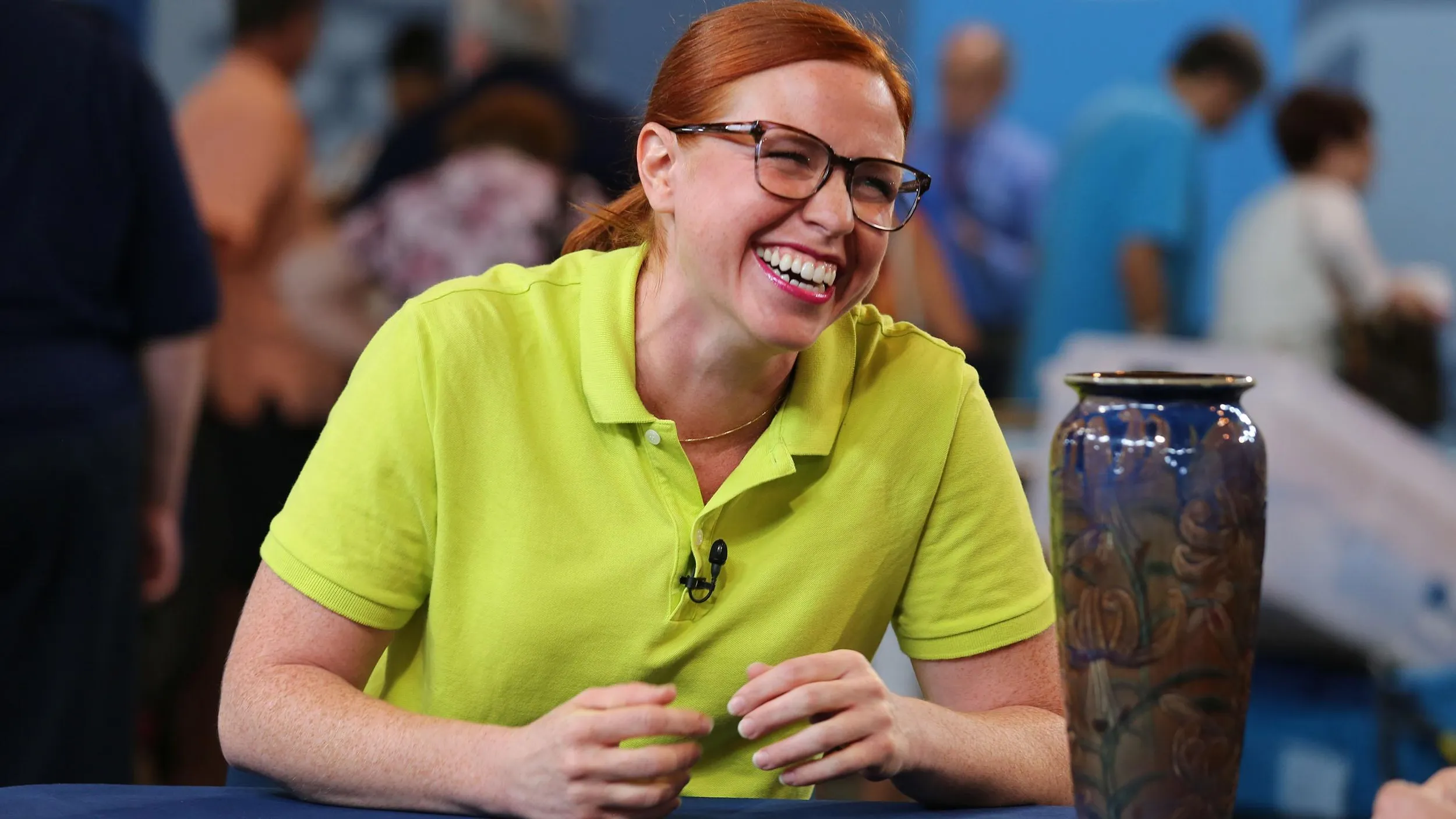GUEST: Well, I found this watch when my parents' basement flooded two years ago, the day after Christmas. And at the bottom of the flooded stairway was this big barrel. And at the bottom of it was three pocket watches. And also was all of this locomotive information from my great-grandfather and great-great-grandfather. That's all we really know about it.
APPRAISER: Okay. Okay, so it's not surprising, then, that this is what's called a railroad watch.
GUEST: Uh-huh.
APPRAISER: It's an interesting type of railroad watch. It's a Ball-- that's the name of the company that sold it. Now, Webb C. Ball was a Cleveland jeweler who, in the 1890s, became very concerned about railway accidents, because there was no standard timing amongst railway personnel, and very often two trains found themselves on the same track at the same time with terrible consequences. So Ball decided that he would develop watches that were both very accurate and very inexpensive. This was the result of it. Ball himself didn't make watches, but he had various good watch companies make them for him. This one was made by another company in Boston called the Howard Watch Company. But this one is interesting, because not only does it say "Ball" on it, it also has this logo, "O.R.C." Do you know what that stands for?
GUEST: No clue.
APPRAISER: That was the Order of Railway Conductors, a fraternal organization. By any chance were your... great-grandfather, was he a railway conductor?
GUEST: Yes, they were.
APPRAISER: These watches were made around the turn of the 20th century, early decade of 1900s. The beautiful part of Ball watches is the finishing of the watch on the inside. And we can see the beautiful finishing that they have in the metal. It has 17 jewels, which is very common for a watch, but each of these jewels is set into a little gold cup that has a precision device to help regulate the watch. It's also signed "O.R.C." on it, as well. The railway watches were made by the millions. Most of them are worth a few hundred dollars. This is very special. This is one of only 70 watches that were made by Howard for the railway conductors' union. The last one of these sold at auction made $6,000.
GUEST: Oh, my goodness. (laughs): Holy cow. Oh, my goodness. Oh, my goodness. That is just unbelievable. And, I mean, my grandpa's... I mean, we just had it there. And, I mean, if it wasn't for the flood, I don't know if we would have ever found it.
APPRAISER: I mean, it's not in the best of condition.
GUEST: Yeah.
APPRAISER: So it might not make quite as much as $6,000.
GUEST: Sure.
APPRAISER: But this is a rarest of all rare Ball watches. An auction estimate for this watch would be probably $4,000 to $6,000.
GUEST: That's still unbelievable, unbelievable. It just shows you never discount anything at the bottom of a barrel.











